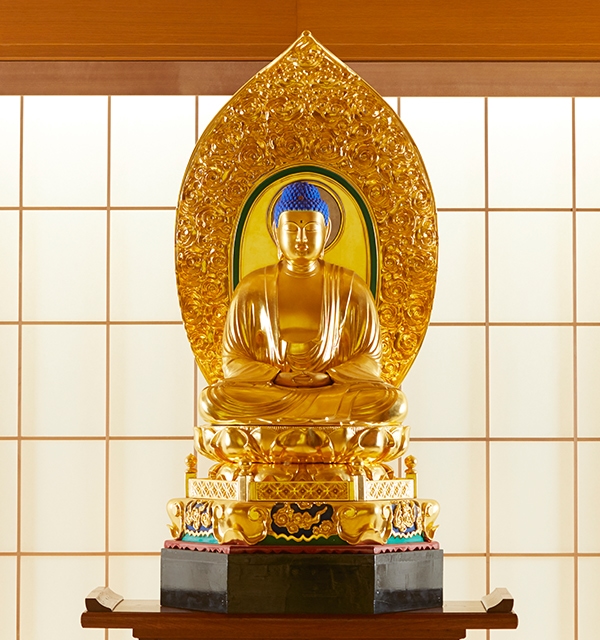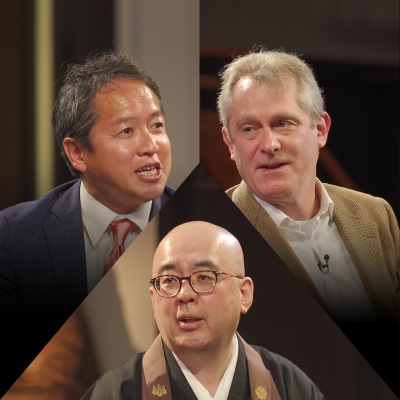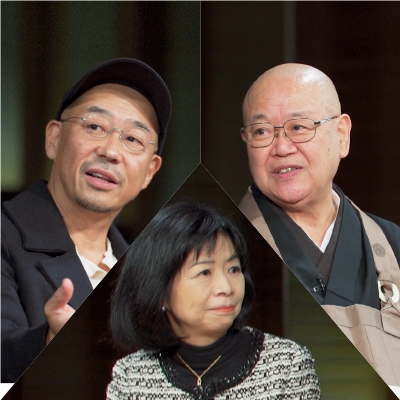
The History of Zen: Discovering the Roots of Sōtō Zen (5)
From Prof. KAGAMISHIMA Genryū’s Zengaku gairon kōgi nōto
(Introduction to Zen Studies Lecture Notes)
However, some 100 to 150 years after Śākyamuni Buddha’s death, the Buddhist order split into two, and then later split further, until there were eighteen sects. This period is referred to as Sectarian Buddhism. The reason for these schisms was that after Śākyamuni Buddha’s passing his disciples could no longer look up to a living teacher, and could only rely on the moral precepts he established. However, in keeping these precepts, differences in viewpoint arose between a conservative school that sought to preserve his precepts exactly as taught, and a progressive school that thought the precepts could be somewhat relaxed according to the times. The progressive school subdivided into various other schools, and divided again until there were eighteen. This is called Sectarian Buddhism. Sectarian Buddhism was primarily focused on the moral precepts, but at the same time also organized the teachings into complex theoretical systems.
Original Buddhism taught that anyone could attain Nirvāṇa in the present life, while Sectarian Buddhism taught that Nirvāṇa was something that only a religious prodigy like Śākyamuni Buddha could attain, and that the training an ordinary person could do would not possibly lead to that state. Sectarian Buddhism taught that at a minimum three lifetimes were needed to reach Nirvāṇa, and at a maximum sixty kalpas劫*1 were required. Thus Nirvāṇa came to be idealized, and seated meditation, the method leading to Nirvāṇa, accordingly became more complex.
Under Sectarian Buddhism seated meditation was organized into a very complex system called the “Four Absorptions, Eight Concentrations四禅八定.”*2 However, about five centuries after Śākyamuni Buddha’s passing, Buddhist lay disciples became more prominent, and some among them adapted the progressive schools to create their own school. They demeaned the older Buddhism as the Hīnayāna 小乗(Small Vehicle), and called themselves the Mahāyāna大乗 (Great Vehicle). Mahāyāna Buddhism looked down on Sectarian Buddhism as Hīnayāna Buddhism*3 because of the excessive emphasis on precepts in Sectarian Buddhism.
*1 Kalpa, a Sanskrit word indicating a very long period of time.
*2 This expression combines the four absorptions of the form-realms色界 (First Absorption初禅, Second Absorption第二禅, Third Absorption第三禅, and Fourth Absorption第四禅) with the four absorptions of the formless realms無色界 (on the Sphere of Infinite Space空無辺処定, Sphere of Infinite consciousness識無辺処定, Sphere of Nothingness無所有処定, and the Sphere of Neither Perception nor Non-perception非想非非想処定).
*3 This is a derogatory term and is not generally used today.

SPECIAL
ZEN,KOMAZAWA,MANAGEMENT
For our 5th discussion in this series we welcomed guest participant Mr. David Atkinson, CEO of Konishi Decorative Arts and Crafts, for a three-way dis・・・
2020.08.07

SPECIAL
ZEN,KOMAZAWA,MOVIE
For our fourth interview we welcomed film director Tatsushi Ōmori as our guest, and together with Komazawa University Chancellor Seishi Nagai and Prof・・・
2020.03.05

